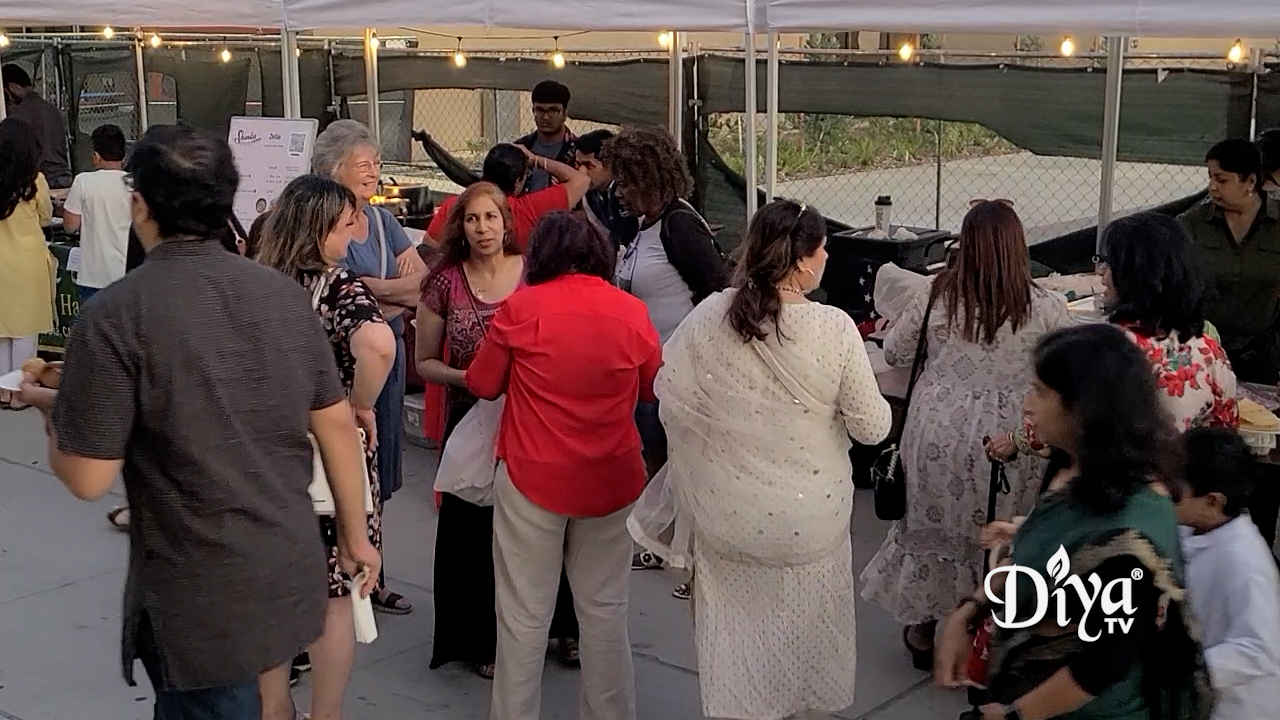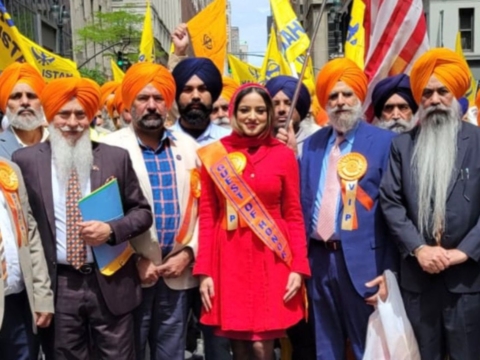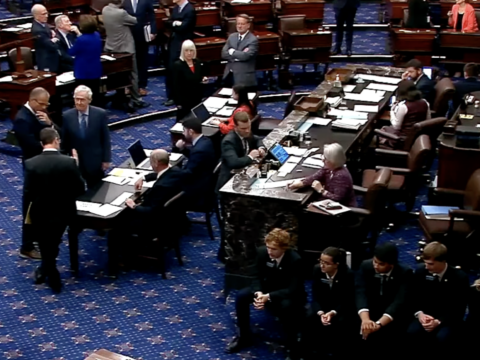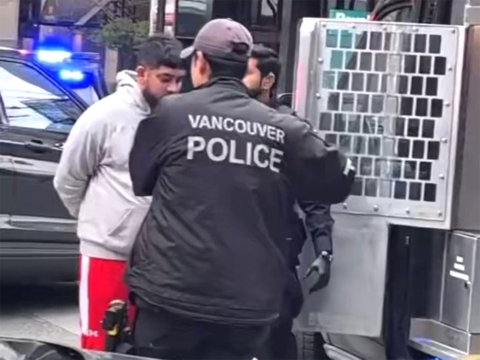WASHINGTON (Diya TV) — According to a recent Census Bureau report, Indian Americans have become the most populous “Asian-alone” group in the United States, surpassing Chinese Americans, a significant demographic shift. The 2020 census revealed that nearly 4.4 million individuals identified as “Indian-alone,” signifying a remarkable 55% growth over the past decade.
This demographic change started in earnest in the 1990s, coinciding with the tech boom. The introduction of the H1B visa program for high-skilled workers played a pivotal role. Thousands of Indian professionals, particularly engineers and computer scientists, immigrated to the U.S. with their families. Among H1B petitioners, Indians constituted a substantial 75%, while Chinese nationals accounted for only 12%.
When considering individuals of mixed race or ethnicity, Chinese Americans still represent the largest share of the Asian population in the country, totaling 5.2 million.
While Indian Americans now lead the Asian-alone category, other South Asian communities are also experiencing rapid growth. The Nepalese population, for instance, saw an increase of over 250% between 2010 and 2020, partly due to family sponsorships. Similarly, the Bangladeshi population grew by 85.4%, reflecting the evolving landscape of Asian demographics in the United States.
Beyond Indian and Chinese Americans, several other Asian groups have witnessed significant growth. The Filipino population recorded an impressive 29.9% increase between 2010 and 2020, reaching 4,436,992 individuals. Vietnamese Americans saw substantial growth of 32%, totaling 2,293,392, while Korean Americans experienced a 16.6% increase, reaching 1,989,519. Japanese Americans, though experiencing a slight decline in their “alone” population, saw a 20.6% growth in their “alone or in any combination” population, reaching 1,586,652.
The shifting demographic landscape is prompting political experts to recognize the impact on upcoming elections. As Indian Americans become a more significant portion of the population, political parties are reevaluating their strategies to engage this demographic group. With a largely English-proficient population, Indian Americans are seen as active participants in the political process, and issues pertinent to the diaspora are also being debated much more publicly.




